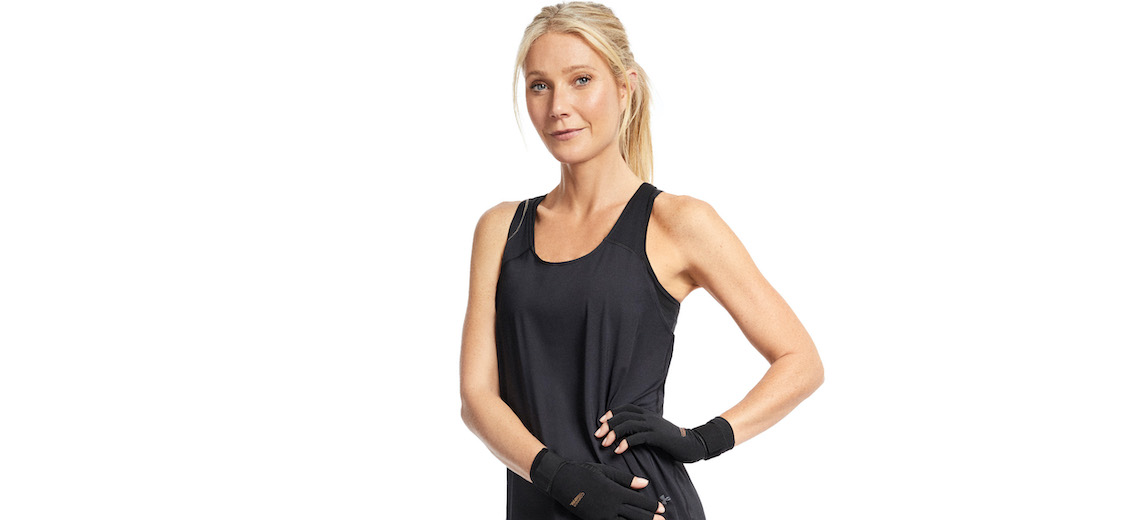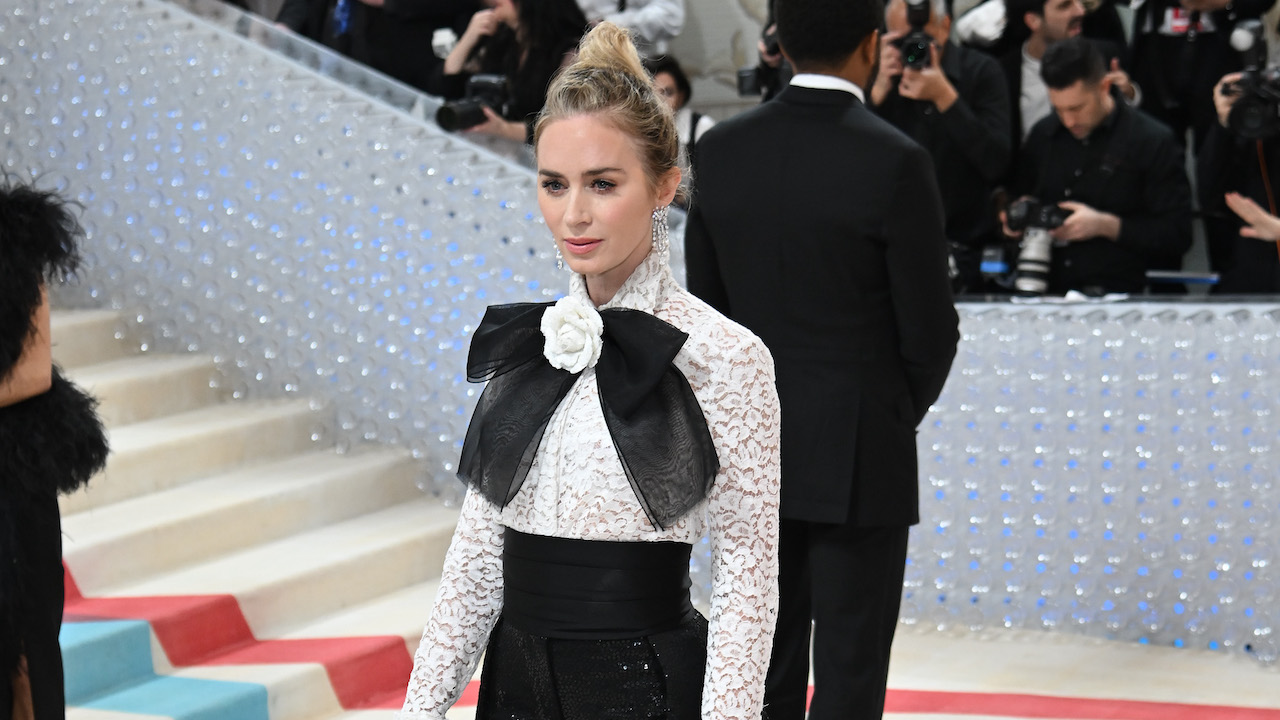VOICES 2021: Innovations Changing Fashion
While fashion brands have contended with a seemingly endless series of challenges in the past year, looking ahead there is plenty of cause for optimism — except maybe when it comes to cyber threats.
At VOICES, BoF’s annual gathering for big thinkers, innovators and industry leaders discussed technologies with the potential to reshape fashion for the better, as well as the need to bolster cyber security as e-commerce continues its growth and companies collect more sensitive customer data.
Mycology and the Mushroom Movement
Mycelium is the branching network of tubular structures that makes up a fungus. It’s what mushrooms are made of and it possesses an array of abilities companies are only just starting to harness. Merlin Sheldrake, biologist and author of “Entangled Life: How Fungi Make Our Worlds, Change Our Minds and Shape Our Futures,” spoke of the ways mycelia are woven throughout the natural world and how they often defy conventional notions of what we consider animal or plant life. Their properties also make them surprisingly versatile.
Mycelium can be engineered to replicate leather, for one. Matthew Scullin was on hand to discuss how MycoWorks, where he serves as chief executive, convinced Hermès to partner with it on a version of the leather-goods powerhouse’s Victoria travel bag. The company says it is able to alter mycelium’s cell structure to produce different characteristics in the final material, allowing it to simulate hides such as sheep or calf if they want. “With Hermès it was all about quality,” Scullin said. Demand for mycelium-based leather continues to grow, he added, and MycoWorks is expecting multiple products with different brand partners to reach the market in 2022.
Mycelium isn’t just useful as a material. Simon and Andrew Salter, brothers and co-founders of Dirtea, a mushroom coffee and tea company, elaborated on the effects different varieties of mushrooms have when ingested. They are said to be calming, energising or may boost the immune system, for example.
One point all agreed on: Mushrooms and mycelia remain largely misunderstood, but a tipping point is arriving that will see them become much more widely used in the future.
Thinking Like the (Cyber) Enemy
Gentry Lane, chief executive of Anova Intelligence, a cyber-security software provider, had a stark message for VOICES attendees: “Cyberspace is a dangerous place,” she said. A digital war is waging, and although cyber weapons aren’t lethal in the traditional sense, they are still extremely harmful. Lane would know. She consults governments, intelligence agencies and companies that maintain critical infrastructure on their security. She also understands the needs of fashion brands: Though her background is in software, she ran a lingerie label in the mid-2000s.
Lane’s guidance to brands was to prepare for an attack because one is almost certain to come at some point. To get ready, “think like a hacker,” she advised. Whatever is valuable to you is also a target for them to attack through methods such as ransomware, where they lock up the computer system until a ransom is paid. As brands do more e-commerce and establish presences in the metaverse, these attacks are set to escalate, meaning companies should build their virtual spaces with security in mind from the start. Another bit of advice she gave: this is one area where the fashion industry is better off working together rather than competing.
Merging Digital and Physical Craftsmanship
As the digital and physical worlds increasingly merge, fashion is bound to follow. Alissa Aulbekova and Paula Sello, co-founders of Auroboros, have positioned themselves right at that intersection. Their brand creates both real and virtual clothing that seeks to add new forms of craftsmanship into the design process. They produce physical garments that grow on the body through a crystallisation process lasting six to 12 hours, adding time into the design. “For the first time you get to experience a garment’s performance of life and death,” Aulbekova said. Their digital clothing, free of real-world constraints, incorporates elements from plants or biological structures.
Aulbekova and Sello said they intend their work as a statement of positive change. Fashion produces mountainous volumes of waste annually, while shoppers may buy an item to wear once on social media and then discard it. They see digital clothing as a way to give shoppers the novelty they want from fashion with a smaller environmental footprint.
Should the Metaverse Be Open or Closed?
As more money pours into metaverse projects, one open question is whether these emerging virtual environments will be controlled by large corporations such as Meta, formerly known as Facebook, or if they will be governed collectively by the communities that inhabit them. Lady Phe0nix, a leading figure in digital art and culture, said aside from exceptions such as private events, the metaverse should be open and not have gatekeepers to create a closed society. “We have enough of that historically and we should be looking toward how we can do the complete opposite in our brand new world,” she said.
Joe Hage, founder of Heni Group, an international art services business, agreed. He noted that non-fungible tokens, or NFTs, will be vital in making the metaverse a reality by enabling verifiable ownership of digital assets, and being blockchain-based, they’re decentralised by nature. He had a prediction as well. NFTs for art and sports have exploded in the past year. “I think the next huge wave of NFTs will be fashion,” he said.
Ian Rogers, chief experience officer at Ledger, which produces crypto hardware and software for consumers, said NFTs are still primitive and would eventually unlock different abilities. It was inevitable worlds such as fashion and finance would be increasingly digitised, he said, encouraging the audience to dive into the NFT space and start exploring.
Future Selves: Remaking Creative Minds Through Movement
Wayne McGregor, an award-winning choreographer and director, opened his talk by choreographing a short piece for two dancers live. Afterward, he explained to BoF’s Tim Blanks how dance is a form of wordless communication that also lets us “think physically.” He also described a project he’s working on with Google that includes a “living archive” of his work.
The point, though, isn’t to preserve the past. “One of the pleasures of dance is its transience,” he acknowledged. Instead, the value is in using Google’s AI is able to create novel pieces from the archive. McGregor said training the AI on any dancer’s work would allow it to generate new dances bearing their physical signature and style.
VOICES 2021 is made possible in part through our partners McKinsey & Company, Shopify, Clearco, Klarna, Brandlive, Flannels, Snap, Getty Images, Soho House and The Invisible Collection.

:quality(70)/cloudfront-eu-central-1.images.arcpublishing.com/businessoffashion/LLT5IERIYBE4BJDC6SQOS5BMRM.jpg)




